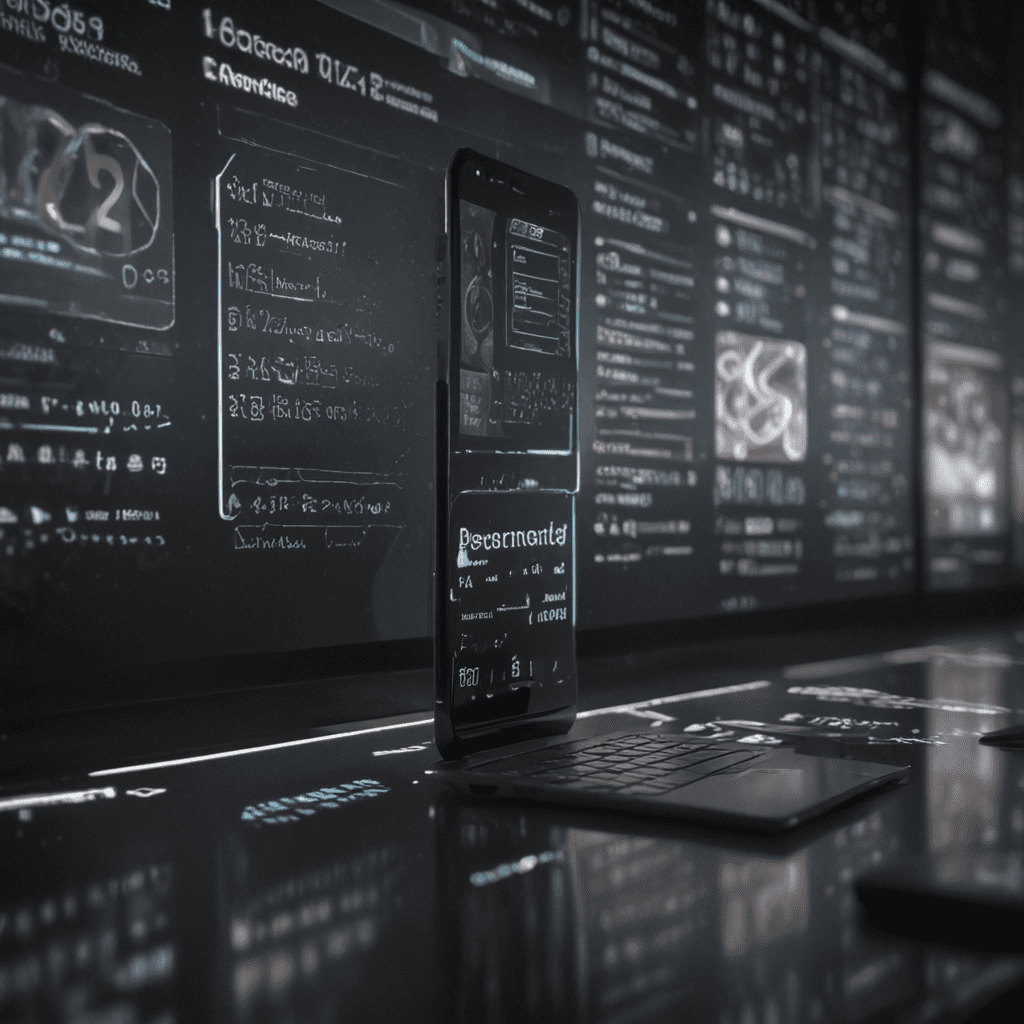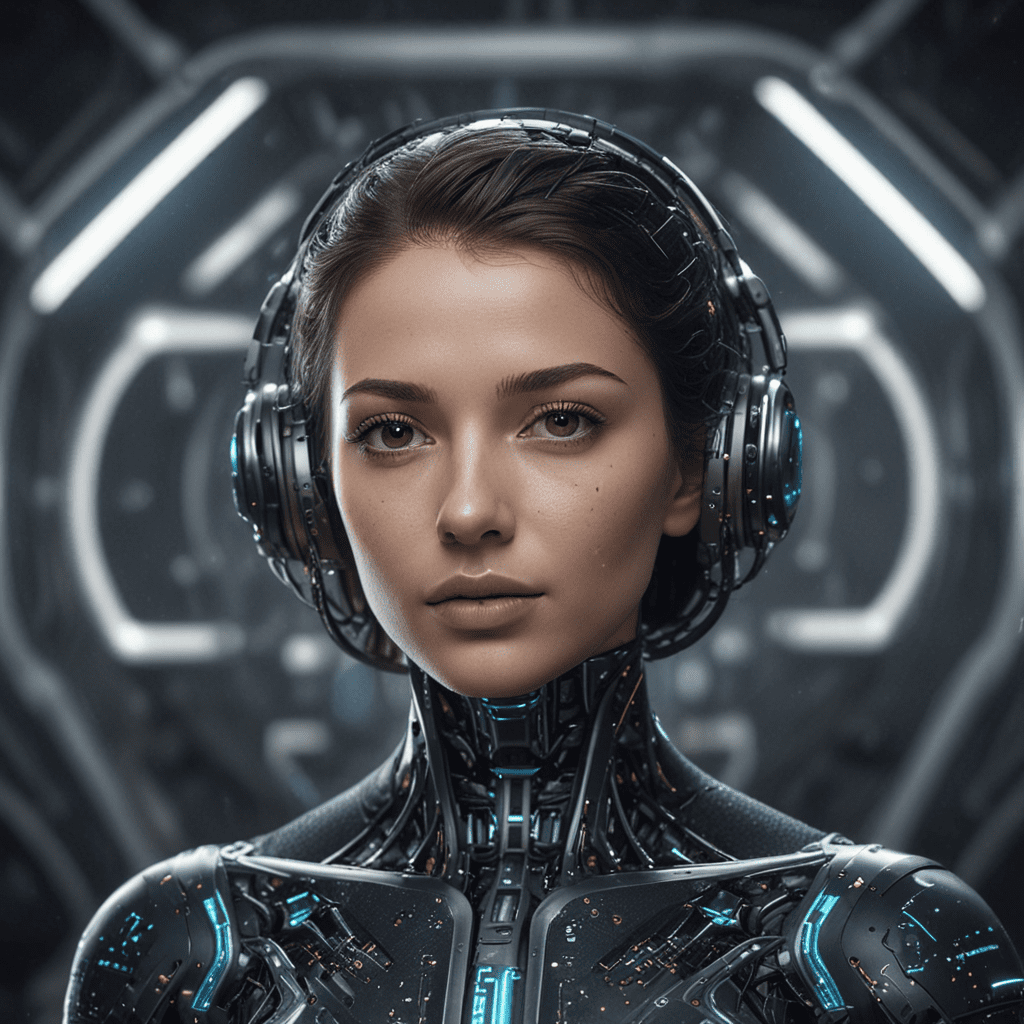1. Introduction
In today's digital landscape, user experience (UX) design has become paramount for businesses seeking to engage and retain customers. Chatbots, powered by artificial intelligence (AI), have emerged as a transformative tool, offering a plethora of benefits that can significantly enhance UX. This article delves into the fascinating world of chatbots, exploring their impact on UX design, challenges in implementation, best practices, common errors to avoid, and the future of chatbot UX.
2. Chatbots: An Overview
Chatbots are computer programs that simulate human conversation through text or voice-based interfaces. They are designed to provide automated assistance to users, addressing inquiries, resolving issues, and facilitating transactions. Chatbots leverage natural language processing (NLP) and machine learning (ML) to understand user intent, generate appropriate responses, and personalize the user experience. By providing real-time support, chatbots offer convenience, efficiency, and a more engaging user journey.
3. Benefits of Chatbots for UX Design
Chatbots offer a multitude of benefits for UX design, including enhanced customer satisfaction, increased website engagement, reduced costs, and improved personalization. By providing immediate assistance, chatbots reduce user frustration and improve overall satisfaction. They can engage users proactively, offering guidance and support throughout their interaction with a website or application. Additionally, chatbots can automate repetitive tasks, freeing up human resources and reducing operational costs. By collecting and analyzing user interactions, chatbots enable businesses to tailor the user experience based on individual preferences and behaviors.
4. Challenges in Chatbot Implementation
Despite their benefits, chatbots come with their share of implementation challenges. One significant challenge lies in designing natural and engaging conversations. Chatbots should be able to understand user intent accurately, provide relevant responses, and maintain a consistent conversational tone. Another challenge involves ensuring the chatbot's efficiency and accuracy. Chatbots should be able to handle a wide range of queries and provide accurate information quickly. Moreover, addressing issues related to data security and privacy is crucial to maintain user trust and comply with regulations.
5. Evaluating the Success of Chatbot UX
Measuring the success of chatbot UX is essential for continuous improvement. Key metrics include customer satisfaction, engagement, and task completion rates. Tracking user feedback, analyzing chatbot transcripts, and using analytics tools can provide valuable insights into the effectiveness of the chatbot. Additionally, businesses should conduct A/B testing to compare different chatbot designs and identify the most effective approach. By regularly evaluating and refining the chatbot's performance, businesses can ensure that it continues to meet the evolving needs of users.
6. Chatbot Design Best Practices
To ensure effective chatbot UX, it is crucial to follow established best practices. These include designing a clear and intuitive user interface, using natural language and avoiding jargon, and providing a consistent and branded experience across all interactions. Additionally, chatbots should be designed to handle errors gracefully and provide clear instructions when needed. By following these guidelines, businesses can create chatbots that are both user-friendly and effective.
7. Common UX Design Errors to Avoid
Certain common errors can hinder the successful implementation of chatbots. These include failing to understand user needs, creating chatbots that are difficult to engage with, and relying on chatbots to replace human interaction entirely. Additionally, businesses should avoid using chatbots for tasks that are better suited for human agents, such as handling sensitive or complex inquiries. By avoiding these pitfalls, businesses can create chatbots that enhance the user experience rather than detracting from it.
8. The Future of Chatbot UX
The future of chatbot UX lies in the convergence of emerging technologies and ongoing advancements in AI. Conversational AI, natural language processing, and machine learning will continue to drive innovation, enabling chatbots to become even more sophisticated and personalized. Chatbots will integrate with other digital platforms, such as social media and messaging apps, providing a seamless and multi-channel user experience. By embracing these advancements, businesses can create chatbots that are truly transformative and exceed user expectations.
9. Case Studies of Effective Chatbot UX
Numerous case studies demonstrate the successful implementation of chatbots for UX design. Sephora's chatbot, for example, provides personalized skincare recommendations and allows users to schedule in-store appointments. Domino's chatbot enables users to place orders, track deliveries, and receive exclusive discounts. By leveraging AI and understanding user needs, these chatbots have significantly improved the customer experience and driven business results.
10. Conclusion
Chatbots have the potential to revolutionize UX design by providing instant support, enhancing engagement, and offering personalized experiences. By addressing implementation challenges, following best practices, and embracing future advancements, businesses can create chatbots that seamlessly integrate into their digital ecosystem and drive customer satisfaction. As technology continues to evolve, chatbots will become an increasingly integral part of the user experience, shaping the future of digital interactions.
Frequently Asked Questions (FAQs)
What are the key benefits of chatbots for UX design?
Chatbots offer numerous benefits, including enhanced customer satisfaction, increased website engagement, reduced costs, and improved personalization.
What are the common challenges in chatbot implementation?
Challenges include designing natural and engaging conversations, ensuring efficiency and accuracy, and addressing data security and privacy concerns.
How can businesses measure the success of chatbot UX?
Key metrics include customer satisfaction, engagement, and task completion rates. Tracking user feedback, analyzing chatbot transcripts, and conducting A/B testing are valuable evaluation methods.
What are the best practices for chatbot design?
Best practices include designing a clear interface, using natural language, providing a consistent experience, and handling errors gracefully.
What are some common UX design errors to avoid?
Common errors include failing to understand user needs, creating difficult-to-engage chatbots, relying solely on chatbots for user interaction, and using chatbots for tasks better suited for human agents.

